5 Free Garden Mulch Sources
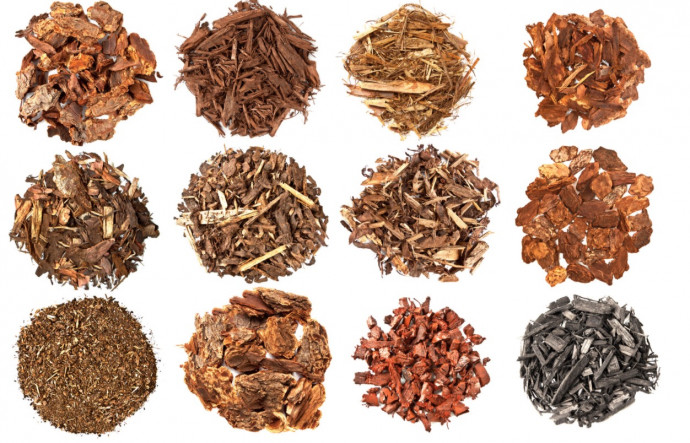
Hacking your own garden soil is not as hard as it sounds: all you need is some amazingly rich, composted, all-natural material to toss in your garden beds. Layering the compost and other organic materials eventually transforms your garden soil into a wonderland of healthy microbes that your plants’ roots love. You don’t need to look further than most convenience store parking lots to find poly bags of mulch for sale. Bagged multi-purpose compost from the garden center makes great mulch as it’s weed-free, but it will work out expensive. But why pay $5 a bag for shredded and dyed mulch when other sources offer a bottomless source of free mulch? Here are five sources for free mulch that you can track down no matter where you live.
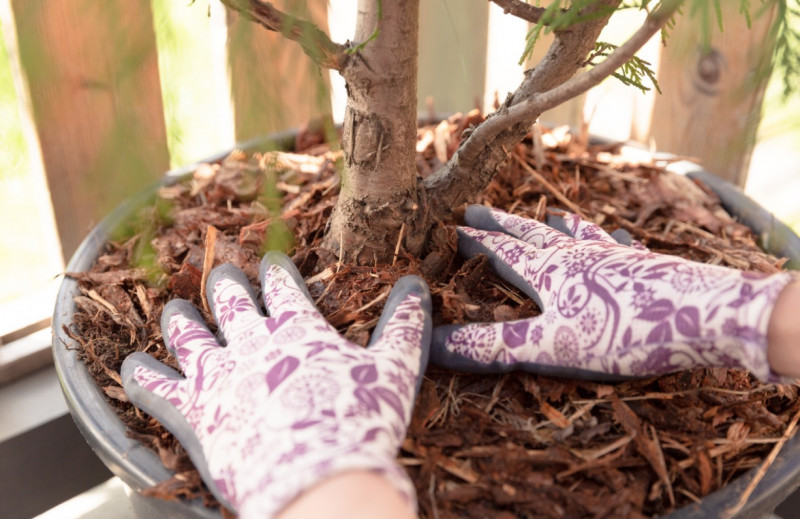
What’s so great about mulch?
Natural mulch serves many purposes. It suppresses weeds, retains moisture, cools roots, delivers micronutrients as it decomposes, and keeps the garden bed looking attractive. Mulch your gardens 1 to 3 inches deep; more than 4 inches of mulch can harm some plants. Be sure to mulch trees, shrubs, and plants using a flat donut shape around the stem—do not mulch in a volcano shape as it can promote disease and other problems.
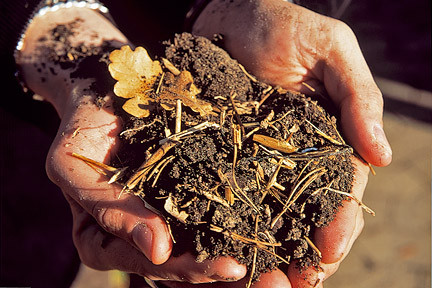
1. Leaf mold
If you have trees, you have leaves (and if your neighbor has trees, you probably have their leaves too). Shredded leaves are perhaps the best mulch ever for your garden. In the fall, rake all the leaves on your property into a large pile and water it heavily. If you have warm weather through winter, water the pile occasionally. Once spring arrives, dig down into the pile and discover rotted leaf mold. Spread the rotted leaf mold on your garden beds.
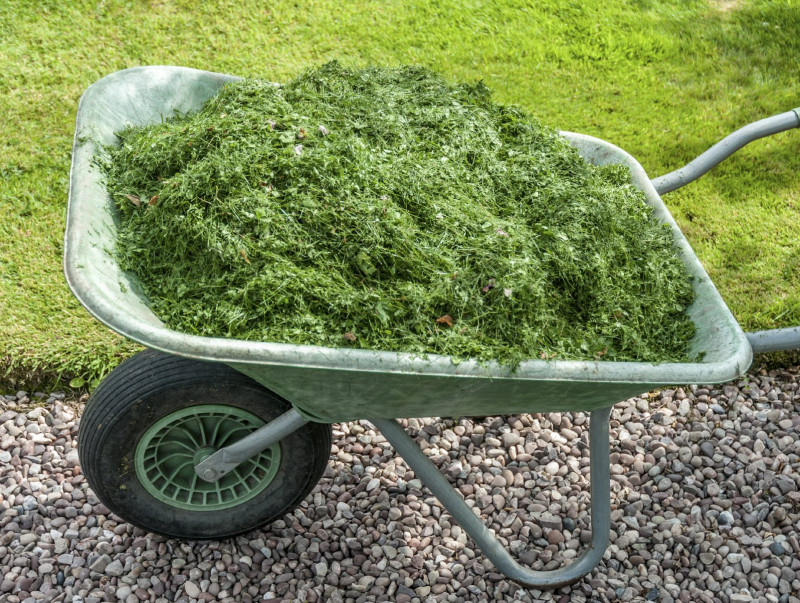
2. Grass clippings
As you mow your yard, gather the grass clippings and place them in a pile at the back of your property. Turn the pile frequently and let it dry out. Once dry, you will have a nitrogen-rich source of mulch.
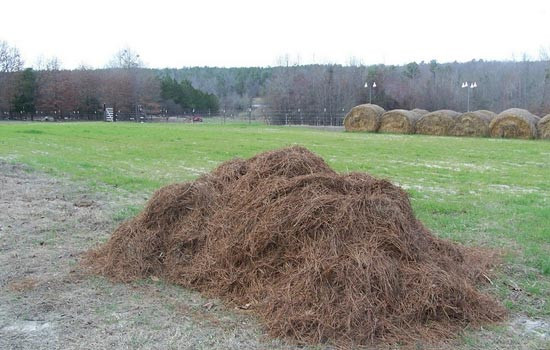
3. Pine boughs and pine needles
Wait until fall to limb up any pine or evergreen branches, use them for holiday decorations, and then place them on top of the garden beds for the rest of winter. In spring, remove the sticks, but let the pine needles stay on top of the soil as a mulch. This is a great way to use last year’s Christmas tree.
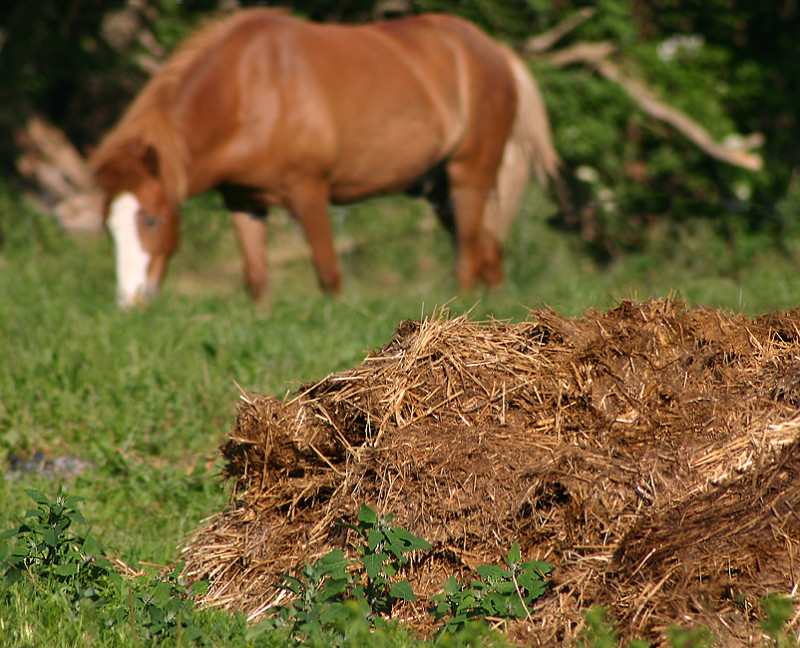
4. Animal manures
Rotted manure is highly beneficial for your garden and can often be obtained for free at local farms. «Rotted manure is an excellent addition to your soil. It increases microbes and generally creates a more stable environment for your roots (don’t worry, composted manure has no foul smell). The only issue is how to get your hands on some. Try searching for manure at a local horse or cow farm. Always ask how long the manure pile has been sitting—it takes at least six months for weed seeds and pathogens to be killed in a pile that has a core temperature of 140 to 150 degrees Fahrenheit for 30 to 60 days within that time period. Most farmers can give you an accurate estimate on how long the product has been cooking. «If you live in an urban area or cannot locate a farm nearby, packaged manure is easy to find. Most garden centers sell bagged composted manure or a compost-manure mix for a reasonable price. Bagged manure is heated during the composting process, which kills weed seeds and pathogens, while retaining the basic benefits of the amendments. You should not use raw manure fresh from an animal on your plants because most will burn the plants. Additionally, you should never use manure from meat-eating animals such as dogs or cats on your garden beds because it can increase the risk that your family will consume bad bacteria. Hog manure can contain parasites such as roundworms and other pests. You want to use rotted—or composted—manure from a herbivore source (such as cow, bison, llama, or horse) that has been aged for around six months.
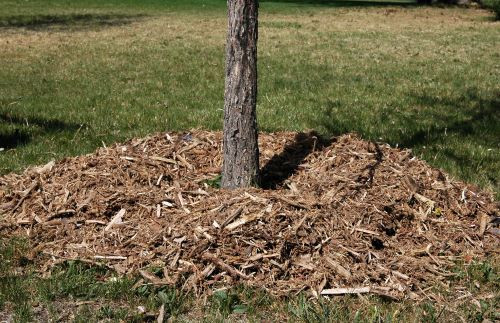
5. Township or city wood chip mulch
Wood chip mulch created by road maintenance crews is available in nearly every city or township for free. For use as mulch, wood chips that have set for a while in a large pile are a better choice than fresh chips. You might see the pile steaming in the early mornings: this is a sign that the wood chip pile, much like compost, has heated up internally. Heat kills fungi and diseases, making the mulch perfectly safe to use in your gardens. If chips are not composted, apply an organic nitrogen fertilizer at a rate of ½ pound per 100 square feet of chips, so the garden does not suffer from depleted nitrogen.
